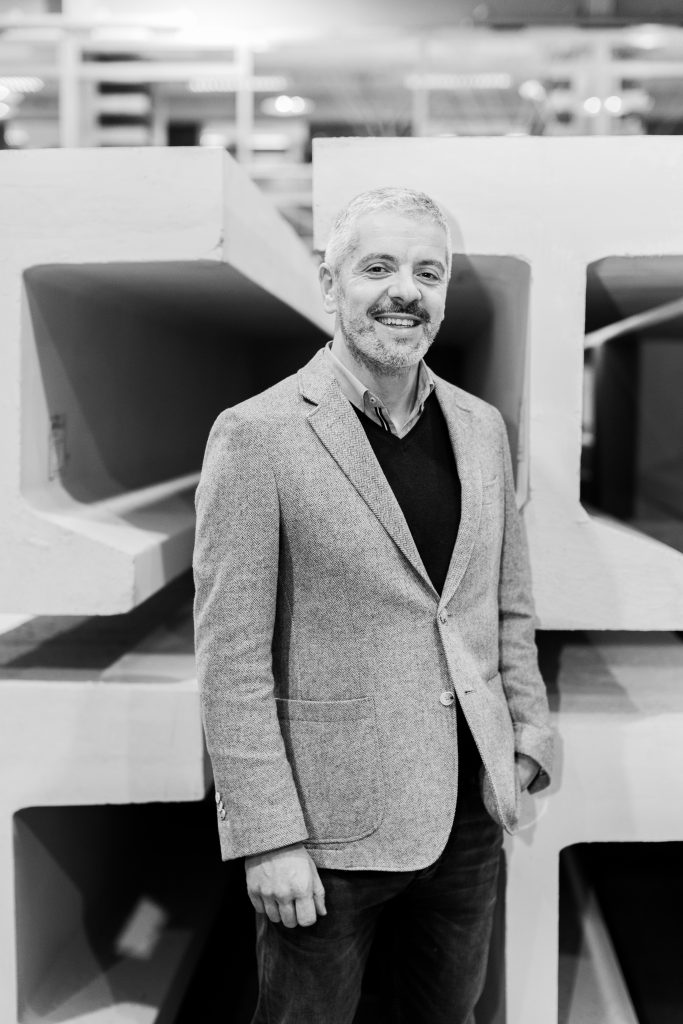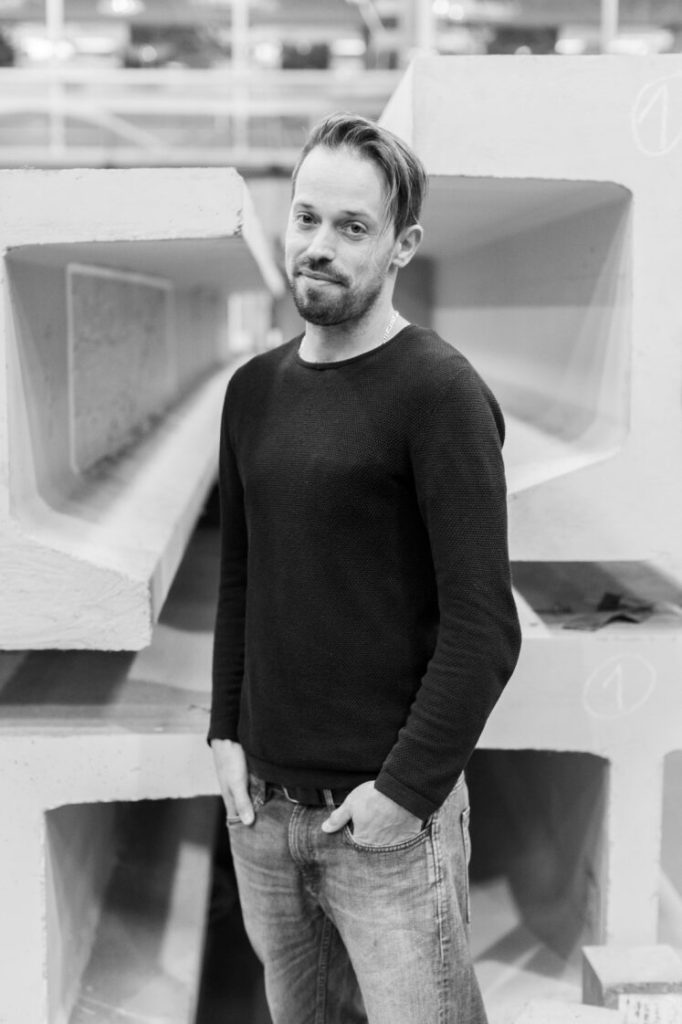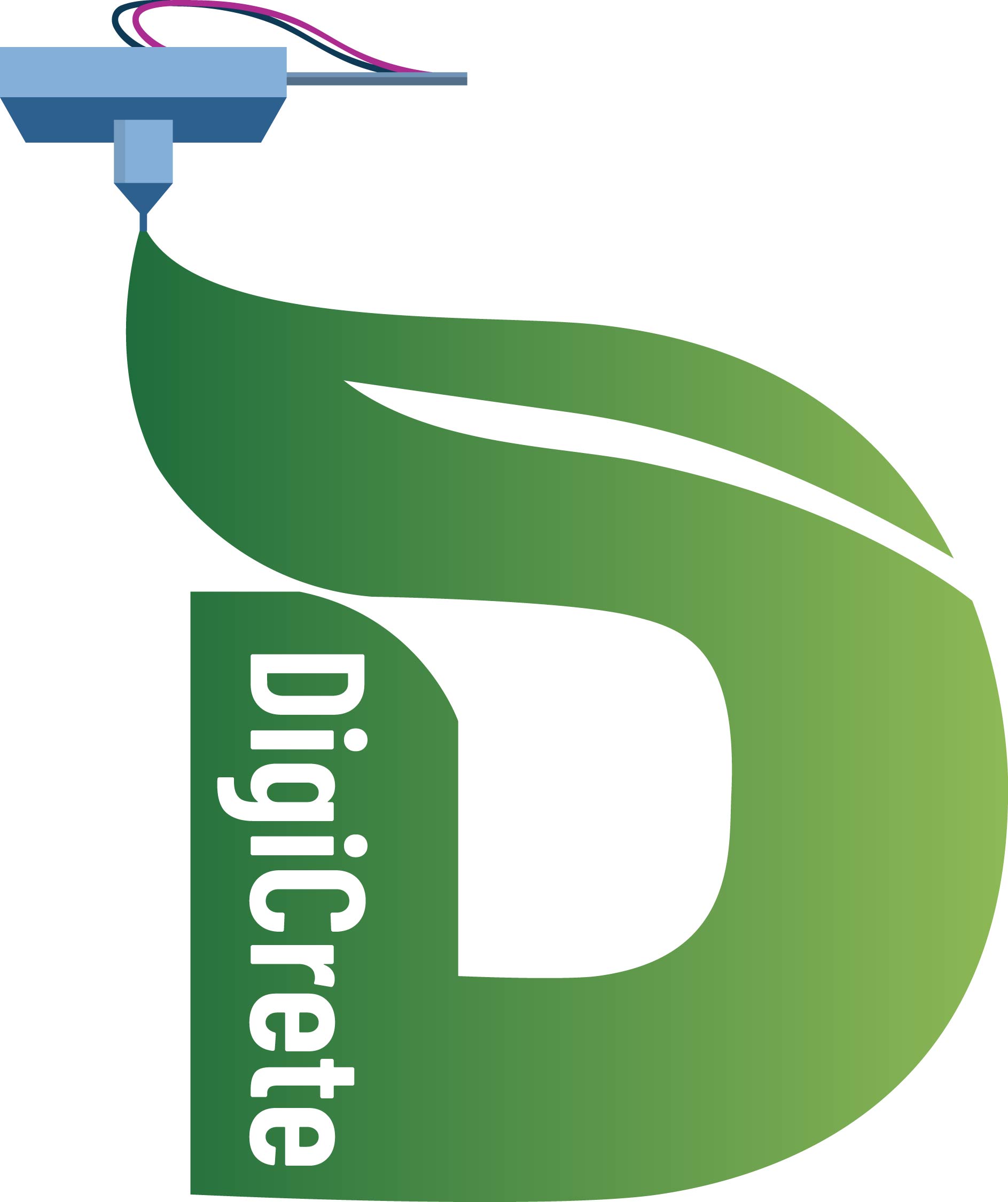
Ana Mafalda Matos is the Principal Research of DigiCrete. She is a Civil Engineer (MSc-Materials, PhD-Structures), a post-doctoral researcher, Guest Assistant Professor at FEUP and an integrated member of CONSTRUCT. Her research fields are developing and characterising carbon efficient and advanced cementitious materials (self-compacting concrete, high- and ultra-high performance fibre-reinforced cementitious composites, digital concrete), non-conventional supplementary cementitious materials and wastes valorisation, experimental factorial design, modelling of material behaviour and non-destructive testing.
Mário Pimentel is an Assistant Professor in the Civil Engineering Department of FEUP, Pro-Rector of the University of Porto and Integrated Member of CONSTRUCT. His research interests focus on Structural Concrete, Nonlinear Finite Element Analysis, Constitutive modelling of cement based materials, ultra-high performance fibre-reinforced cement-based composites (UHPFRC) – including characterisation of material behaviour, modelling and structural applications – , and structural health monitoring.


Paula Milheiro-Oliveira is an Associate Professor at the Civil Engineering Department of FEUP. She is an integrated member of the Center of Mathematics of the UPorto. Her work and training is strongly interdisciplinary and she specialises in stochastic systems and their application in engineering problems, including statistical modelling of the real world, simulation and forecasting. She has more than 15 years of experience in using the design of experiments approach to investigate the effect of design variables and their coupled effects on the relevant construction materials properties.
Humberto Varum Full Professor. He is an Integrated Member of the R&D Unit “CONSTRUCT – Institute for R&D in Structures and Construction.” He is President of the Board of the Institute for Sustainable Construction. He is the President of the National College of Civil Engineering of the Portuguese Engineers Association. He served as a Seconded National Expert at ELSA (European Laboratory for Structural Assessment), JRC (Joint Research Centre), European Commission, in Italy.
His main research interests are: seismic assessment, rehabilitation and strengthening of structures, and seismic rehabilitation and strengthening of historical constructions.


Bárbara Rangel Holds the position of Assistant Professor at the Faculty of Engineering of the University of Porto (FEUP). She is an integrated member of the Centre for Studies in Architecture and Urbanism at the Faculty of Architecture of the University of Porto, a research collaborator at the R&D Unit CONSTRUCT – Institute for R&D in Structures and Construction, and a collaborator at DESIGNstudio FEUP. Her research focuses on architectural design theory, constructive materiality in architecture, integrated project design, 3D and 4D printing for construction, eco-design, industrial design, and evolutionary housing.
Cláudio Ferraz is a laboratory technician in the Structural Laboratory of FEUP. With a passion for solving problems and a sharp, critical mind, Cláudio tackles each day with positivity and a hunger for new challenges. From structural monitoring to assisting with PhD studies and site inspections, plays a vital role in various projects. Fueled by a thirst for knowledge, Cláudio Ferraz seeks to learn and grow with every opportunity, striving to deepen his understanding of civil engineering with each passing day.

